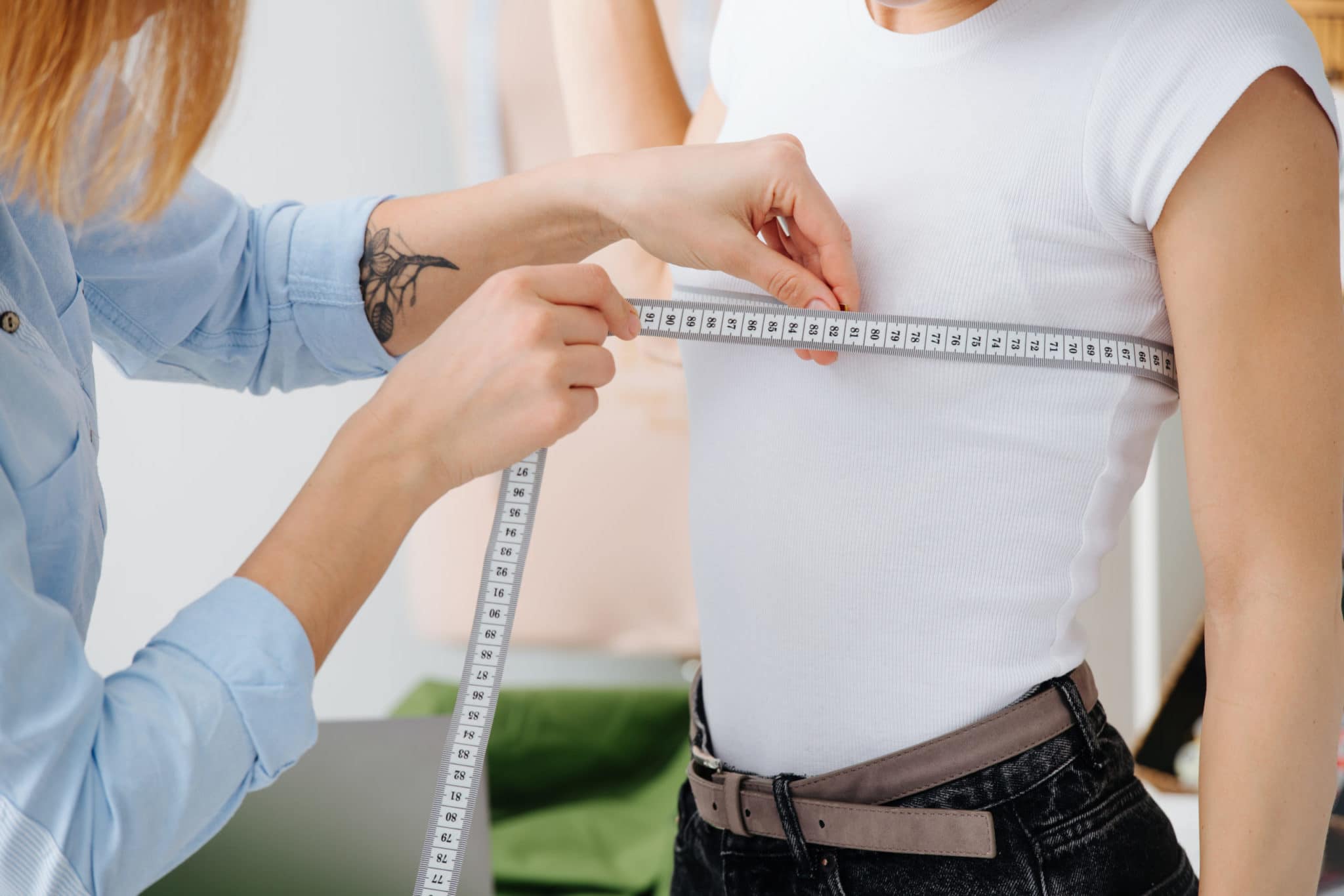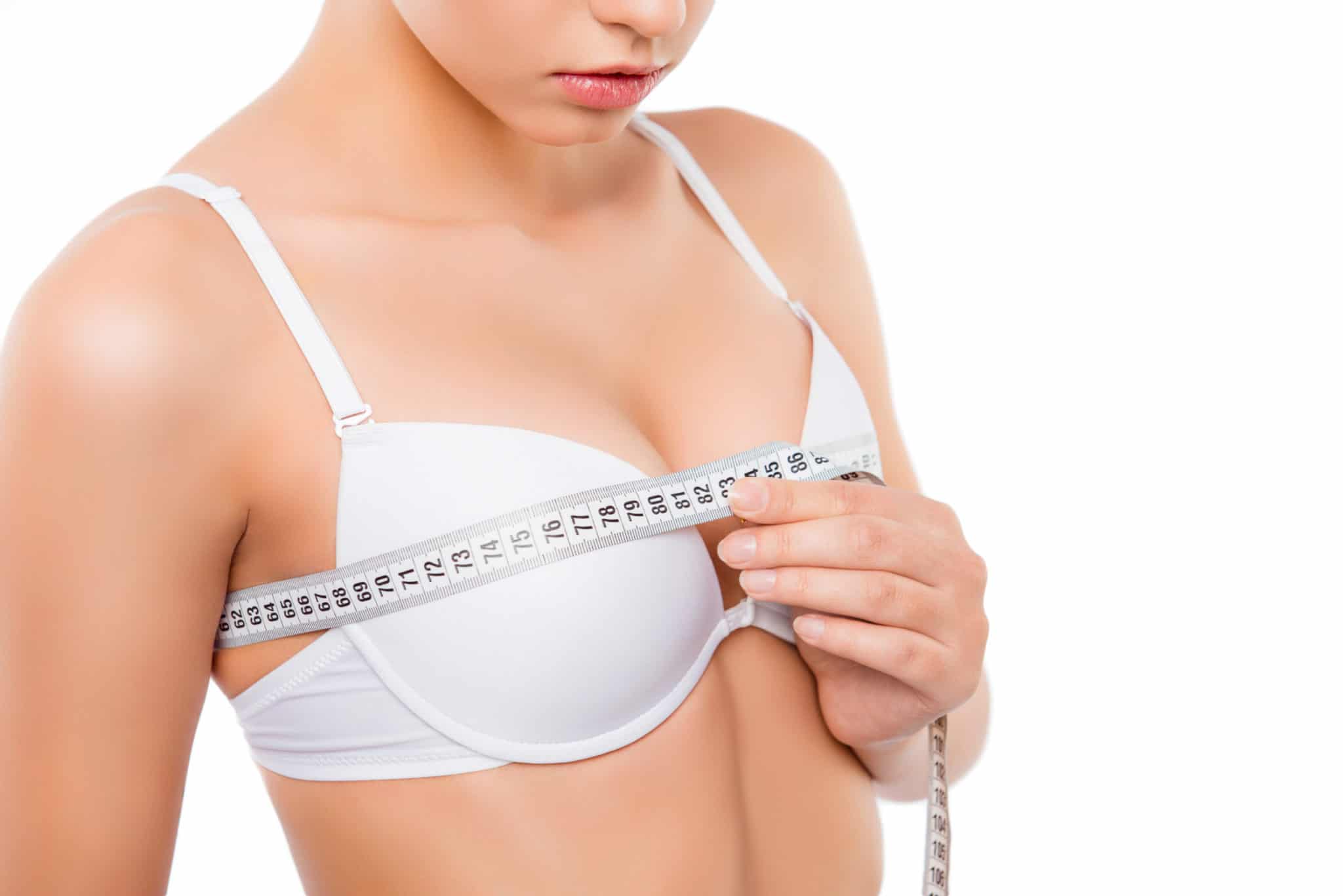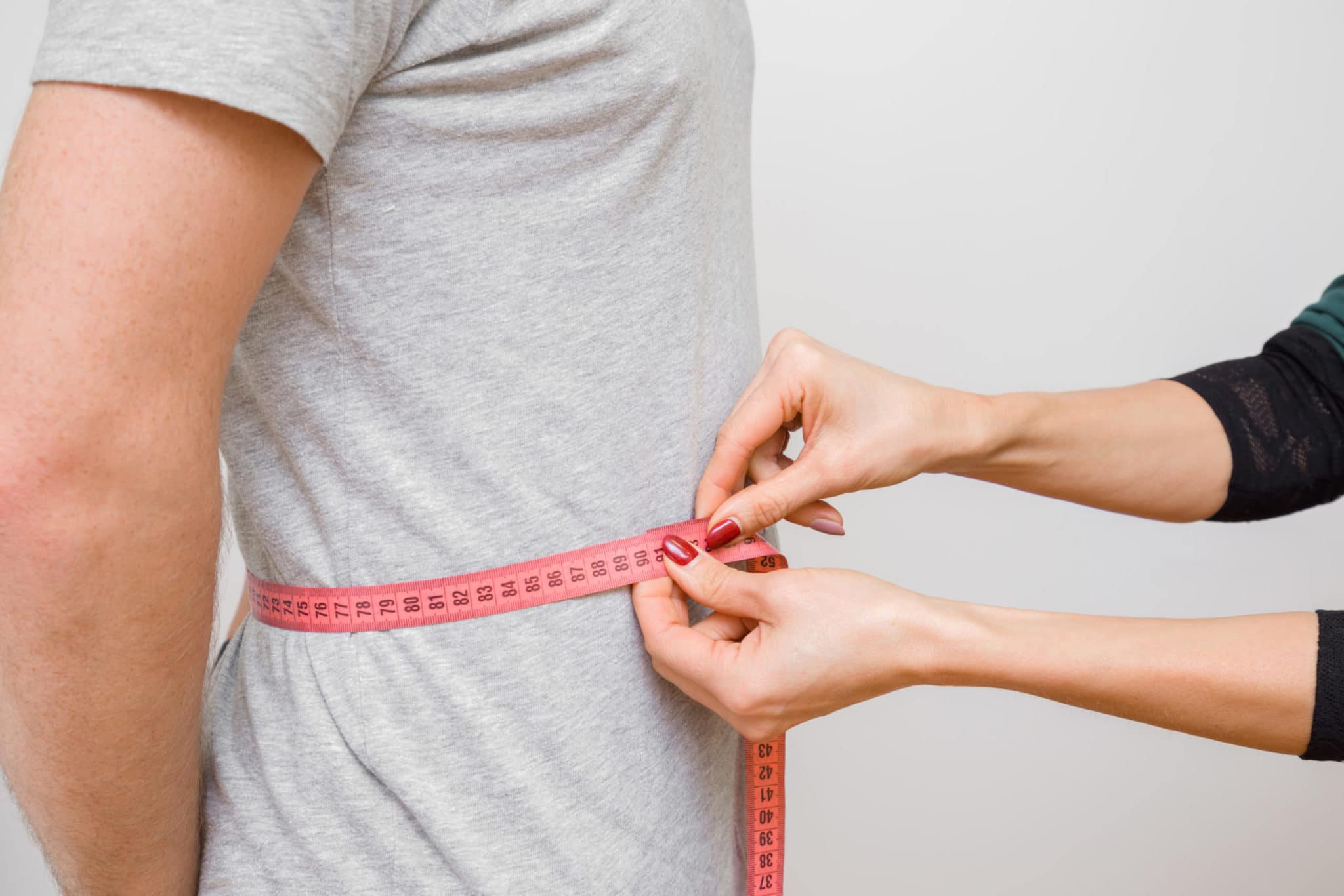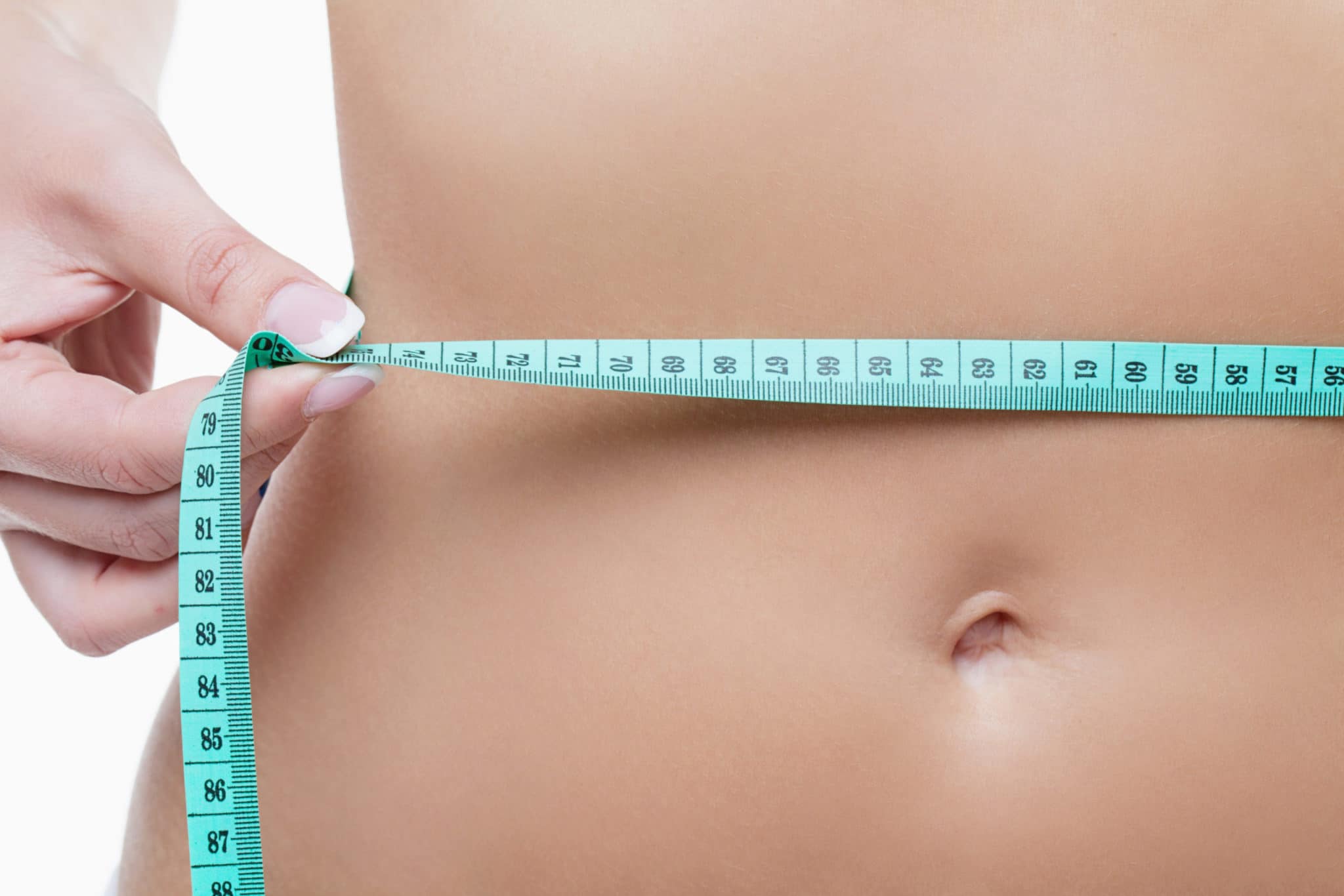What Are ‘Model Statistics’?
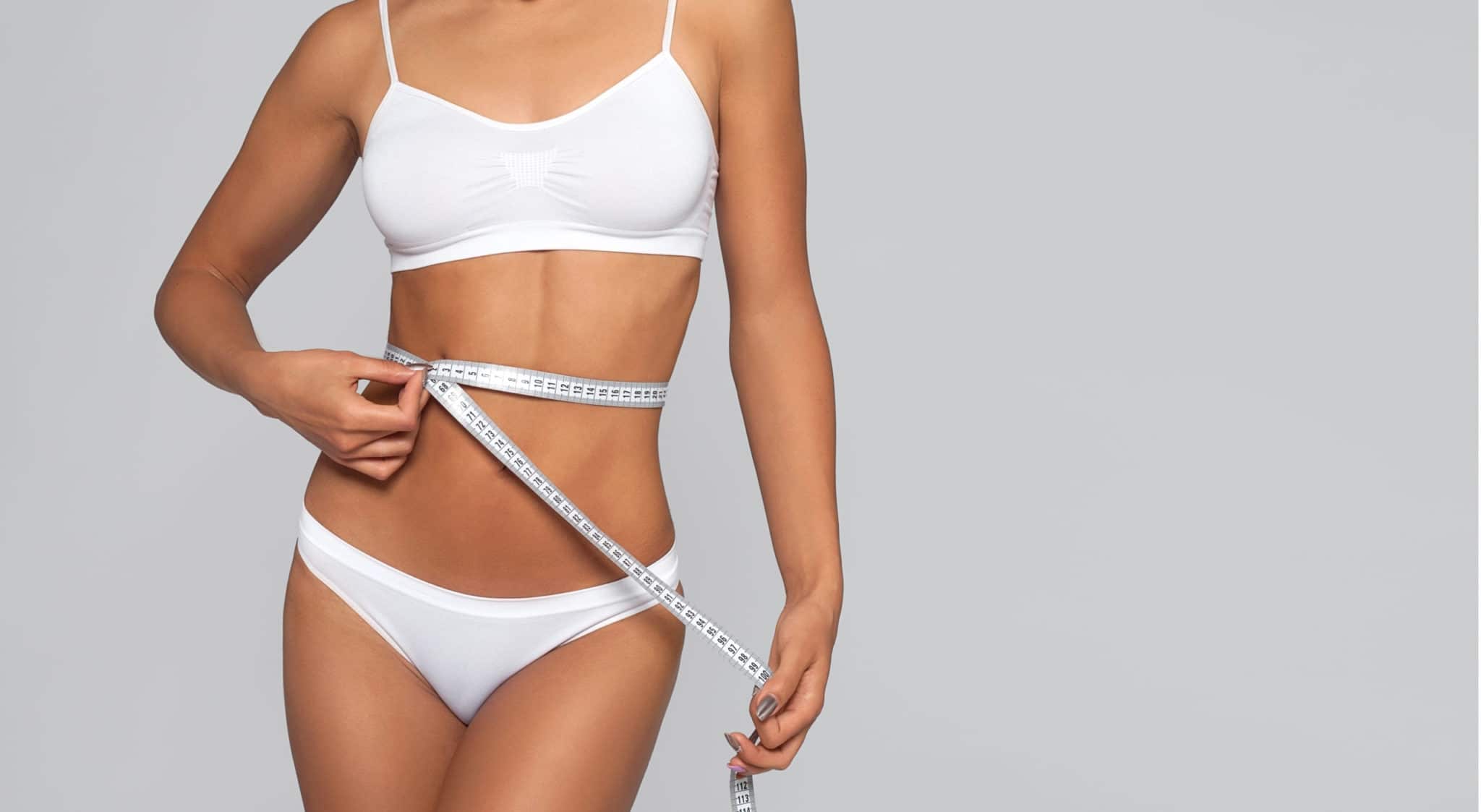
What Are Model Statistics?
Model agencies and potential employers will always want to know your measurements, or as they’re known in the industry, your ‘statistics’. This vital information will not only form part of your application to an agency but will also form part of your modelling resume throughout your career.
Model statistics are usually listed as numbers, for example, ’34-24-34′. This translates as a 34″ bust, 24″ waist and 34″ hips.
You will be expected to measure yourself every 3 months in case of any changes or fluctuations in body shape. You may also need to include other details such as shoe size and height.
Why Do I Need to Measure Myself So Often?
Your statistics must be kept as up-to-date as possible. Body shape is one of the most influential deciding points when it comes to choosing the right model for a particular project.
Our bodies continue to fluctuate throughout our lives. Age, pregnancy, illness and hormones all play a role in how our body continually changes shape. Even if your eating and exercise habits remain the same, there are various other factors that can influence body shape. That’s why it’s so important in modelling to double-check your measurements every few months.
Some agencies request strict statistics. It’s important not to let this pressurise you into losing an unhealthy amount of weight or forcing your body into a size that is unnatural for it. Only a fraction of the world’s population fits into this measurement category, hence why there are so few supermodels. It is unhealthy both physically and mentally to force your body to do this. It’s also not sustainable.
Many catalogue contracts do not require or legally look for such strict measurements. Different agencies have different requirements, so make sure you do your research before applying.
Do you know your measurements? Check if you have the statistics to make it as a model by registering here.
How it Works
If a brand is looking for a lingerie model, it means they will probably have a specific bust size in mind to compliment the product. A company that caters to busty women will not require a model with a size 32A bust, much like a company that creates bras for flat-chested women will not require a model with an E cup.
The same goes for other types of clothing. It’s becoming increasingly popular for fashion chains to introduce ‘tall’ and ‘petite’ lines to their collections. Indicating that you’re five foot tall will do you the world of good when it comes to finding petite modelling work; applying to such an agency when you’re six foot tall, however, will not.
The fashion industry needs a diverse range of body shapes and sizes to cater for all consumers. Whether you are short or tall, slender or plus-size, there will be a category for you – and probably an agency specialising in it.
What Statistics Should You Be Aware Of?
Height
Firstly, and perhaps most importantly, you need to know your height. For some lines of work, this is a make-or-break detail. It’s therefore vital prospective agencies/employers can find out this information about you quickly.
An example of this is catwalk modelling; to succeed as a woman you need to be at least 5’7” and as a man, 6’1” (be aware that this differs by a few inches depending on which agency you apply to.) Most models list their height at the top of their statistics in feet and inches.
Adding your height in cm after, e.g. 5’8 (172cm) is a nice detail to add to a resume or modelling portfolio.
Weight
The next statistic is normally weight. Remember that your weight is relative to your height, so if you are 6’1” you will naturally weigh more than someone who is 5’7”.
The most important thing when it comes to picking out a model is that they are healthy and in proportion. Fitness models will usually weigh more because muscle weighs more than fat.
Agencies may have different requirements for weight, so try to find one that fits into your category.
Be as accurate as possible with this statistic; don’t feel tempted to lie. List this in your portfolio as kilograms opposed to stones.
Bust
Next (you may notice that we’re working from your head down) is your bust, or if you’re a man, your chest.
Whenever measuring this area of your body, always measure around the fullest part. It’s far more reliable to get someone else to measure you as it means your body won’t be at funny angles holding a tape measure. Enlist a friend or family member to help you.
Waist
Following on from your torso measurements, you are then required to list your waist measurements. Find your waist by locating the top of your hip bone and the last of your ribs, then as you breathe out naturally, run your tape measure around your middle to take your measurement.
Don’t breathe in whilst doing this. Stand tall and record the number as accurately as possible. During fittings, clothing may be fitted to you according to the measurements you have given, so it’s vital you are precise.
Hips
Now move onto your hips. Again, measure at the fullest part whilst keeping your feet shoulder-width apart.
Dress Size
More often than not, women will provide their dress size at the end of their statistics. If you live in Britain, this should be done in UK dress sizes.
Shoe Size
Shoe size is imperative for both men and women. If you’re not one size or another it is acceptable to list yourself as a half, for example, 6.5.
Men Only
For men, if you want to take your measurements further (particularly useful if you’re interested in fashion modelling) you can include your neck size, inside leg and outside leg length.
That’s Not All!
Some models also choose to list their hair and eye colour. While this information isn’t necessary (unless specified by the agency), it’s a nice addition to a resume or modelling portfolio.
If your hair is dyed, list the colour your hair currently is.
Tell the Truth
When stating your statistics, it is important to be honest. Writing incorrect measurements will only anger agents or future employers because they will soon notice any discrepancies.
Simply just input the data of your body parts as they are, and remember to check and update them every few months.
Where Do I Include My Statistics?
Generally, models include their measurements in a few different places depending on their personal preference. Your portfolio, online profiles and Z-Cards are a good place to start as employers will instantly be able to read the statistics.
Some agencies feature their models on their website, and statistics are usually included here along with a photo.
When applying to model agencies, they will usually ask for your measurements in the application.
Don’t Give in to Pressure
There is a lot of pressure in the fashion industry to appear a certain way. It’s important to recognise and accept your own limits. Many people do not conform to supermodel statistics. You must never force your body to do something that is unhealthy for it.
Remember that, just because your body does not meet a certain agency’s requirements, this does not mean you don’t have a future in modelling. On the contrary, there are many agencies available that you can apply to and they all have individual requirements. Do your research and find the agencies that most suit your own personal measurements and looks.
